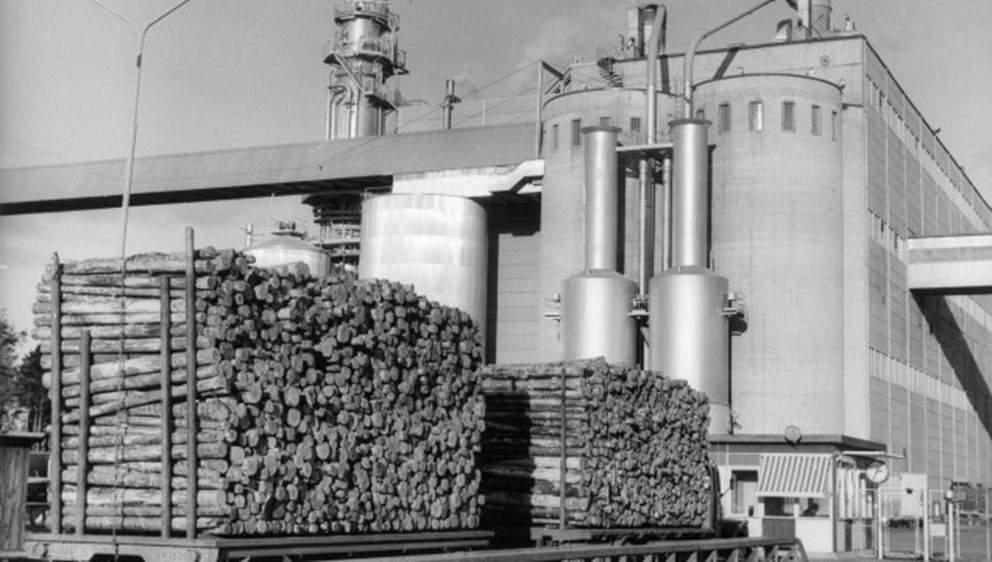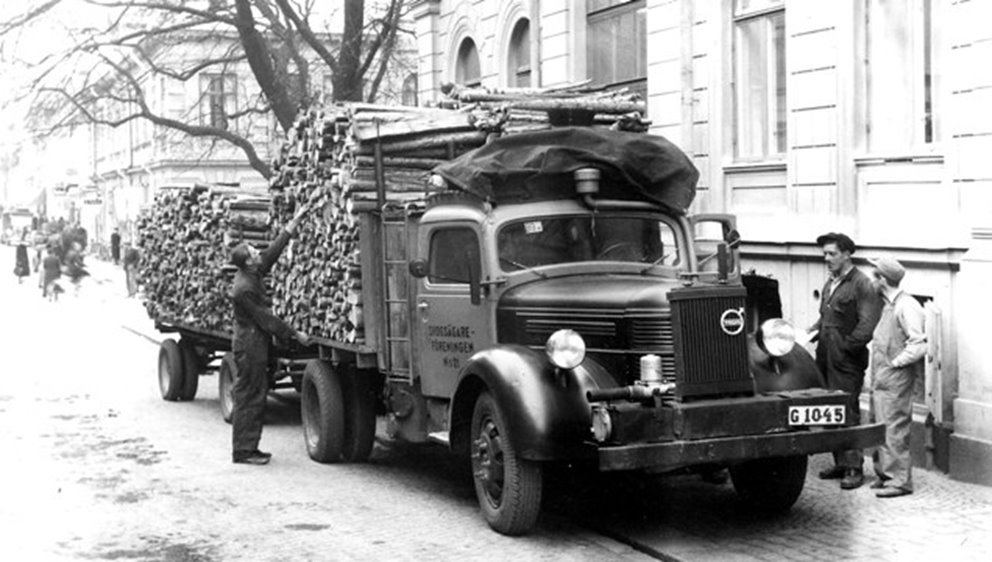Forest farmers began organizing into associations as early as the 1910s, just like dairy and beef farmers. Initially, forest associations were advisory in stimulating good silviculture practices. Sweden was an almost deforested country at the start of the 20th century. The forest had been exploited by unscrupulous forest industries that bought individual farmers' properties and harvested them. Farmers received little payment for their forest and could not get any significant return after their sales. In Norrland, an example known as the start of cooperative growth is Baggböleri. The expression came from a period when forest owners in Norrland were tricked into selling their forest at low prices, especially to the Baggböle sawmill. This was prohibited by the Norrländska Forbidding law in 1906.
The first forest owner association was formed in Halland in 1913. Rapidly thereafter, several county associations were formed in Skaraborg, Kronoberg, and Kalmar. In 1926, the Smålands Skogsägareförening was formed through a merger of county associations. This was the beginning of a series of mergers that has continued since.
Economic Associations
The starting point for re-establishing as economic associations was the depression of the 1930s, which led to government stimuli for switching from imported fuels to Swedish firewood. Trading in firewood required a legal entity, and many forest owner associations were then re-formed into economic associations. The associations bought timber from their members and sold it to sawmills and pulp industries. The money was then paid out to members, allowing them to receive payment at the pre-set price. Another significant part of the operations was assessing the creditworthiness and honesty of timber buyers. A very "liberal" timber measurement prevailed, with about a 30 percent deviation from buyers.
A Forest Industry Emerges
In 1938, the South-Eastern Sweden Forest Owners' Association (Södra) was formed. The association was organized as an economic association, something that became essential for Södra's continued development.
Södra’s first significant commercial venture, and its springboard into industrialization, was a tar and turpentine factory in Lenhovda. The final products were used as fuel in the company’s cars during the war years and sold to hospitals, military facilities, and individual property owners.
It takes a long time for forests to grow back, and the exploitation that the forests in northern Sweden had suffered became increasingly visible. During the war, this was masked by export restrictions but after the war ended, the shortage became apparent. In southern Sweden, it was different. After the war, demand for firewood decreased as coal and oil imports resumed, making it difficult for farmers to find a market for their small wood. In 1944, firewood accounted for 61 percent of timber trade. By 1950, it was just 8 percent.
An industrial expansion was needed to handle the surplus of timber, especially small wood. There were also no market opportunities for sawmill waste. Within the South-Eastern Federation, it was calculated that the waste could supply a pulp factory with over 100,000 tons of capacity.
In November 1958, the first pulp was produced in Mönsterås. That was the start of investments in the cellulose industry. Bold investments over the years have paid off in increased wood consumption, better timber prices, and good profitability in the factories. The profits have built up the company and been distributed to the owners. An industrial company was born.


